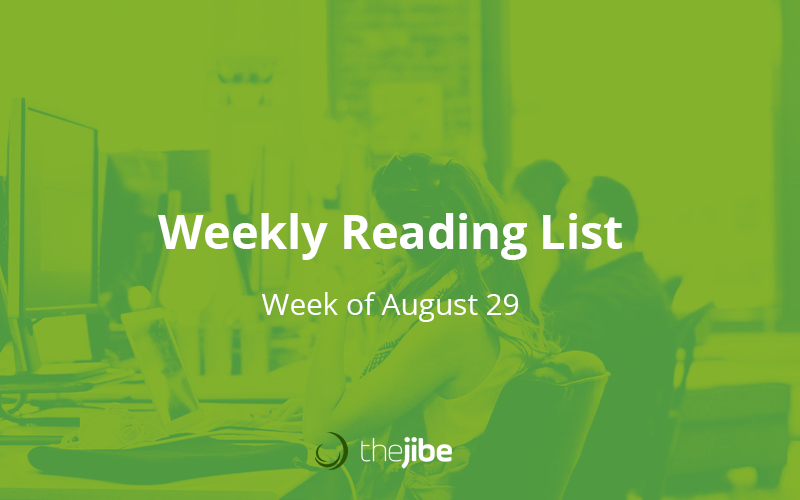

In the world of eCommerce and technology this week, the Amazon and Wells Fargo partnership that looked so promising has ended. No details have been announced yet. Frank + Oak is getting ready to release their new line of woman's wear that will launch exclusively on their eCommerce store September 20. Google is making it a whole lot easier for their Google Analytics users to see a summary of their data through automated insights. Google announced they will be penalizing mobile sites that use interstitials that negatively impact user experience.
Source: TechCrunch
Six weeks ago Amazon and Wells Fargo announced they were entering into a partnership. Wells Fargo would offer a .50 percent interest rate discount to students who signed up for Amazon Prime’s Student membership program. The partnership between the two massive companies seemed like it would be a perfect fit: Wells Fargo would be granted access to Amazon’s massive customer base and Amazon could entice students to sign up by offering even more perks such as free, two-day shipping, streaming TV and movies, free photo storage, and more. However, the partnership has fallen through, which has been confirmed by both parties. At the moment, the two have released no details as to why the partnership has been diminished.
Source: The Constant Shopper
Frank + Oak, the online retailer that in recent years expanded it’s business by opening brick-and-mortar locations, has created a women's line which is set to launch on their eCommerce site September 20. The collection focuses on women's basic fashion elements including Ts, shirt dresses, sweaters and outerwear. Frank + Oak hopes the collection will take off like their menswear did in 2012, becoming a huge Canadian success story. At the Montreal launch of the collection, Co-founder Ethan Song had this to say about the women’s wear: “A lot of the design is based on the silhouette, then the fabric. It’s not highly decorated. That’s what we do with men but in women we can play a lot more.” In a large, congested market like the fashion industry, image is everything, and Ethan believes that ultimately it’s the brand that has helped Frank + Oak become so successful. He states “Brand is extremely important. I don’t mean brand in terms of the logo, but in terms of what the brand stands for...Two brands can be making the exact same T-shirt but they won’t have the same feeling when you buy it.” Only time will tell if women take to the brand as well as men have.
Source: TechCrunch
Google has updated their Google Analytics to make it easier for users to discover important trends in their data. The update is already available through the Google Analytics app for iOS and Android. You should now automatically see generated insights. This means, for example, if you’re an eCommerce company you can see which products had the biggest impact on sales. While Google Analytics was already tracking this information, it’s now being packaged up in a quick-to-read way so that businesses needn’t waste time clicking on different pages for information–which can lead to missing valuable chunks of data. Babak Pahlavan, Senior Director of Project Management says the change will be useful for both larger and smaller companies as they will both benefit from the insights they gather.
Source: Practical eCommerce
In what some are calling part two of Google’s “Mobilegeddon” Google will update its mobile-friendly search algorithm in January 2017 to make smartphone content visibility a ranking factor. This means that mobile sites displaying “intrusive interstitial”–in layman's terms, mostly pop-ups–that make it hard or annoying for searchers to find what they’re looking for will be pushed lower in Google ranking. Taken from the Google Webmaster Central Blog, this is what Google has to say on the matter: “While the underlying content is present on the page and available to be indexed by Google, content may be visually obscured by an interstitial. This can frustrate users because they are unable to easily access the content that they were expecting when they tapped on the search result.” While it’s a bit unclear of what is actually meant by Google when they say “intrusive interstitial” they have released a few examples of what would be deemed acceptable after the January update, and not affect mobile rankings.
The Jibe Multimedia, Inc. © 2009-2025